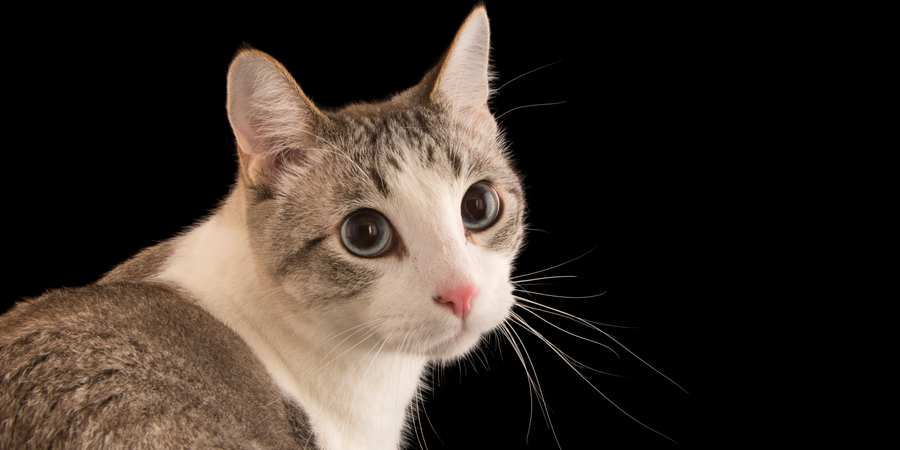Cats can eat rice in moderation, but it’s not a necessary part of their diet.
Cats are fascinating creatures with unique dietary needs. As obligate carnivores, they thrive on a diet primarily composed of meat. However, many cat owners wonder about the safety and nutritional value of incorporating other foods, such as rice, into their feline friends’ diets. This article delves deeply into the subject of whether cats can eat rice, exploring its potential benefits, risks, and best practices for feeding it to cats.
The Nutritional Profile of Rice
Rice is a staple food for many human diets around the world. It comes in various forms—white, brown, jasmine, basmati—and each type has its own nutritional profile. Understanding these differences is crucial when considering if rice is appropriate for cats.
| Type of Rice | Calories (per 100g) | Carbohydrates (g) | Protein (g) | Fat (g) |
|---|---|---|---|---|
| White Rice | 130 | 28.6 | 2.7 | 0.3 |
| Brown Rice | 111 | 23.5 | 2.6 | 0.9 |
| Basmati Rice | 121 | 25.2 | 2.5 | 0.4 |
| Jasmine Rice | 129 | 27.9 | 2.9 | 0.3 |
Rice is primarily composed of carbohydrates, which provide energy but aren’t essential for a cat’s diet since they derive energy from proteins and fats found in animal products. The protein content in rice is relatively low compared to meat sources.
The Role of Carbohydrates in a Cat’s Diet
Carbohydrates serve as an energy source but should not dominate a cat’s diet. Cats have evolved to metabolize proteins and fats more efficiently than carbohydrates due to their carnivorous nature. While small amounts of carbs can be beneficial for energy, excessive carbohydrate intake can lead to obesity and other health issues.
Some commercial cat foods include rice as a filler ingredient or a source of easily digestible carbohydrates, particularly in formulas designed for sensitive stomachs or recovery diets after illness or surgery.
The Benefits of Feeding Rice to Cats
In moderation, rice can offer some benefits when included in a cat’s diet:
1. Digestive Aid: Cooked rice may help settle an upset stomach or diarrhea due to its blandness and binding properties.
2. Energy Source: While not essential, rice provides carbohydrates that can serve as an energy source during recovery from illness or surgery.
3. Palatability: Mixing small amounts of rice with meat can make meals more appealing to picky eaters.
4. Cost-Effective: Rice is often cheaper than many protein sources, making it an economical option for pet owners looking to stretch their budget.
5. Gluten-Free: For cats with certain food allergies or sensitivities, rice is gluten-free and may be easier on their digestive systems compared to grains like wheat.
The Risks of Feeding Rice to Cats
Despite the potential benefits, there are also risks associated with feeding rice to cats:
1. Nutritional Imbalance: Relying too much on rice can lead to an unbalanced diet lacking essential nutrients that cats require from animal proteins.
2. Obesity Risk: High carbohydrate intake without sufficient physical activity can contribute to weight gain and obesity in cats.
3. Digestive Issues: Some cats may experience digestive upset or allergies when introduced to new foods like rice.
4. Preparation Matters: Uncooked or improperly cooked rice can be difficult for cats to digest and could lead to gastrointestinal distress.
5. Allergic Reactions: Though rare, some cats may have allergies or sensitivities to grains like rice.
How to Safely Introduce Rice into Your Cat’s Diet?
If considering adding rice into your cat’s meals, it’s essential to follow specific guidelines:
1. Start Small: Introduce small amounts of cooked white or brown rice mixed with their regular food gradually over several days.
2. Monitor Reactions: Watch for any signs of digestive upset such as vomiting or diarrhea after introducing rice.
3. Cook Thoroughly: Always cook the rice thoroughly; avoid seasoning it with salt or spices that could be harmful.
4. Balance the Diet: Ensure that the primary component of your cat’s diet remains high-quality protein from meat sources.
5. Consult Your Vet: Always check with a veterinarian before making significant changes to your cat’s diet, especially if your pet has pre-existing health conditions.
Cats vs Dogs: Different Dietary Needs
While both cats and dogs are popular pets worldwide, their dietary requirements differ significantly due to their evolutionary backgrounds:
- Carnivorous vs Omnivorous: Cats are obligate carnivores needing specific nutrients found only in animal tissues; dogs are omnivores who can thrive on both animal and plant-based foods.
- Protein Requirements: Cats require higher protein levels than dogs; thus, while dogs may benefit from grains like rice as part of their diet, it’s less critical for cats.
- Digestive Enzymes: Cats lack certain enzymes required to break down plant material efficiently compared to dogs; hence they derive less benefit from grains like rice.
Understanding these differences helps pet owners cater specifically to each pet’s unique dietary needs while ensuring overall health and well-being.
The Bottom Line on Feeding Rice to Cats
Feeding cats rice isn’t inherently harmful if done correctly and in moderation; however, it should never replace the primary protein sources necessary for feline health.
Cats generally thrive on high-protein diets rich in animal-based ingredients; hence any addition like rice should complement rather than dominate their meals.
In summary:
- Rice can be beneficial for specific situations such as digestive issues.
- It should only comprise a small portion of their overall diet.
- Always prioritize high-quality protein sources tailored specifically for felines over fillers like grains whenever possible.
Conclusion – Can Cats Eat Rice?
Can cats eat rice? Yes! But it’s crucial that it remains an occasional treat rather than a staple food item within their diet plan due primarily because cats require certain nutrients found predominantly in meats which cannot be replaced by grains alone! The key lies in moderation—keeping meals balanced while ensuring our furry friends get what they need most—a wholesome blend filled primarily with quality proteins!

